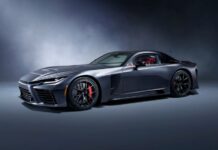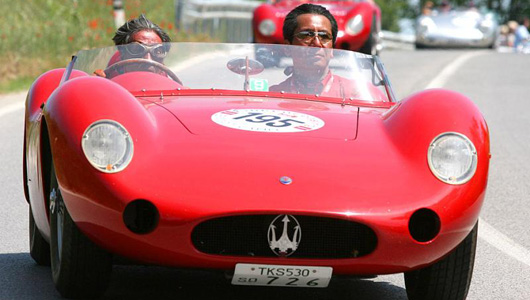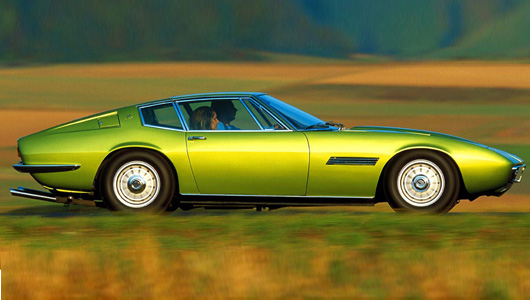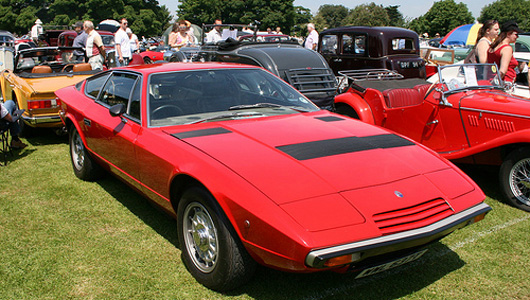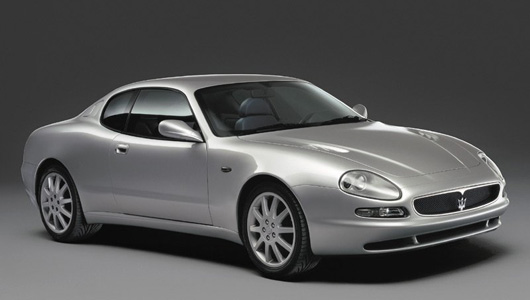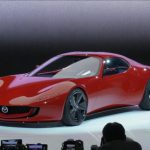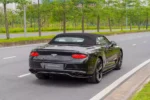Maserati – The Italian sports car manufacturer has gone through nearly 100 years of formation and development since 1914. Let’s explore the history of this brand.
The Italian car brand was founded by six Maserati brothers in 1914, including Carlo, Bindo, Alfieri, Mario, Ettore, and Ernesto. Based in Bologna, these brothers, who were former racing drivers, planned to build racing cars for personal use. Mario, an artist, believed in creating the iconic Maserati Trident logo, as seen on the statue of Neptune in Bologna’s main square.
After nearly 100 years, Maserati has made a name for itself as the most anticipated sports car manufacturer worldwide.
However, what’s surprising is that the dynamic world of Italian sports cars has not resulted in a sharp increase in the prices of these cars. Maserati focuses on quality, prestige, and a brand built on customer satisfaction rather than profit targets like most other manufacturers.
In 1926, one of the first cars bearing the Maserati logo, driven by Alfieri Maserati, won the Targa Florio race, part of the World Championship held in the mountainous region of Sicily near Palermo.
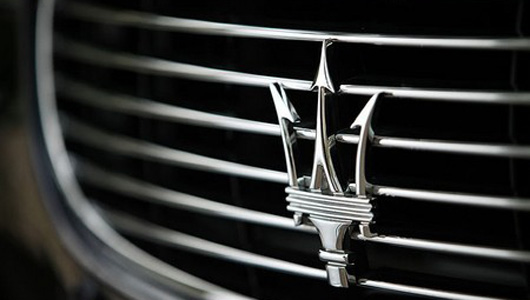
Subsequently, during the 1920s and 1930s, the Maserati brothers won numerous awards worldwide with their self-made racing cars.
In 1932, Alfieri Maserati passed away. Five years later, the remaining brothers sold their shares in the company to the Orsi family and retained technical management positions in the company. Later on, the new owners of Maserati moved the company’s headquarters to Modena.
In 1939 and 1940, Maserati beat renowned names such as Auto Union and Mercedes to win the prestigious Indianapolis 500.
During World War II, Maserati temporarily ceased producing sports cars to manufacture components for the military.
In the post-war period, Maserati returned to the racetrack and began a series of remarkable successes with the Maserati A6. Subsequently, a series of impressive models were launched, such as Carrozzeria Touring, Sebring (1962), Mistral Coupe (1963), and Spider (1964). The company’s first 4-door model, Quattroporte, was also produced in 1963.
However, it was not until 1966, through the Giugiaro-styled Ghibli, that Maserati introduced an attractive Italian sports car with a truly powerful engine (V8, 330 horsepower). In 1968, Maserati was acquired by Citroën, a French automaker.
Although the former owner of Maserati, Adolfo Orsi, still held the honorary position of chairman, the company underwent significant changes. Most notably, the hydraulic system was applied to enhance the engine’s power.
Successful brands during this period included the Maserati Bora, Quattroporte II version, and Citroën SM.
The 1973 oil crisis caused a drastic drop in car sales, leading to Citroën’s bankruptcy and the closure of Maserati.
In 1975, the company was bought by an Argentine driver named Alejandro de Tomaso. He quickly introduced the Maserati Kyalami and later the Maserati Quattroporte III in 1979, a luxury 4-door sedan.
The 1980s was a dark period for Maserati. The mainly Biturbo models in the US market became boring and unreliable. In 1991, the company completely stopped importing cars into the US market.
In 1993, Fiat acquired Maserati, and the variations of the Biturbo continued to be produced until the factory closed in 1997 for a complete overhaul.
In 1997, Ferrari bought a 50% stake in Maserati and gained control of the company.
In 1998, a new chapter in Maserati’s history began with the introduction of the 2-door 3200 GT, a V8 engine with a top speed of 285km/h and capable of accelerating from 0 to 100 km/h in just 5.5 seconds.
In 2002, this model was replaced by the Maserati Spyder and Coupé four-seater.
With a powerful V8 engine, F1-style transmission, Giugiaro’s design, and significant improvements in quality, this new Maserati model was introduced in the US market in 2002, restoring the reputation of the Italian sports car brand.
In 2005, Maserati was separated from Ferrari and merged with Alfa Romeo under the Fiat Auto production group.
In the second quarter of 2007, Maserati achieved its first profit in 17 years under the ownership of the Fiat group.
Today, despite facing many failures, Maserati remains a brand that draws significant interest from speed enthusiasts.
Thế Đạt (Source: PL&XH)



